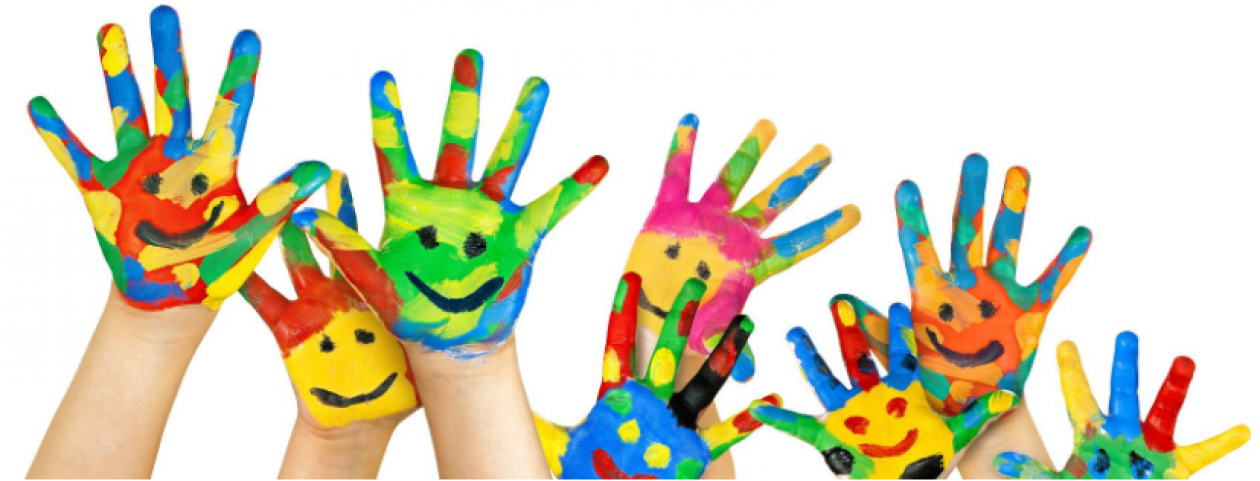Collect some photos in your home and prepare a little memory
box to help your wee ones understand their place in the world.
What you need:
• Photos from family members
• A box or wall display
What to do:
1. Start by asking family members to send
photographs of the children’s relatives,
favourite things, and other close attachment
objects such as pets.
2. Create a memory box with the photographs
in, which you can share with your
little ones throughout the day.
3. Got a bit more time on your hands? Why
not create a family tree display which
children can use to start recognising
other families too?
4. The photographs can help comfort younger
children and give them some understanding
of their place in the world. As
they grow, the pictures can be useful to
give them an understanding of the differences
between their own home environment
and that of their little friends.











